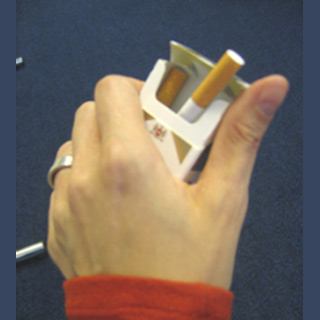
For the purpose of the study, the authors were believed to have surveyed 1,500 UK drug users via the website Nnationaldrugsurvey.org. Furthermore, drug users were asked to rate 20 psychoactive substances on a ‘rational’ scale. This scale supposedly was earlier developed by Professor David Nutt, Imperial College London.
More so, this rating was believed to have been carried out according to physical i.e. acute or chronic harm, psychological or physical dependence, intensity of pleasure, intoxication and social effects, including costs to the health service. In the UK, the Misuse of Drugs Act (1971) at present is known to classify psychoactive drugs as A, B or C, while alcohol and tobacco remain unclassified.
The study authors also asked drug users about their perceived benefits of consuming psychoactive substances. Since, this may evidently be significant in a person’s decision of whether to take a drug or not. Moreover, psychoactive substances LSD, cannabis and ecstasy constantly appeared to have been rated as having the highest short and long-term benefits.
Lead author of the study, Dr Celia Morgan, UCL Clinical Psychopharmacology Unit, said that, “Given that the Misuse of Drugs Act aims to signal to young people the harmfulness of drugs, this suggests a flaw with the current classification of drugs. We found that drug users rated legal substances such as alcohol and tobacco as more harmful than Class A substances like LSD and ecstasy. We found a high correlation between harm ratings by users and those made previously by scientific experts across all substances, suggesting users are well informed about the harms of drugs.â€
She further said that, “The reported prevalence of use of each substance also suggests that the classification of drugs has little bearing on the choice of whether to use substances or not. For example ecstasy, a Class A substance, was the fourth most regularly used psychoactive drug, according to our survey.â€
The authors found that heroin, crack and cocaine seemed to have topped the list in terms of harm. However, alcohol was noted to have been rated fifth, solvents seventh and tobacco ninth. Additionally, ecstasy appeared to have come 13th in the harm rating, LSD 16th and cannabis 18th. As a result, the survey seemed to have found no relationship between the drug’s legal status, based on the existing classification system and users’ ratings of harm.
It was estimated that worldwide, there are two billion alcohol users, 1.3 billion smokers and 185 million users of other drugs. In spite of public health campaigns, levels of substance misuse apparently continue to increase. One of the reasons for this may be the public’s confusion about the actual risks of different drugs as they often receive conflicting messages from the legal system, the media and health campaigns.
These findings may possibly add to the debate on the validity of the present classification of drugs in the UK. They suggest that the existing system of classifying psychoactive drugs in the UK could perhaps require to be revisited.
The study authors recommend that potential health campaigns should consider whether to include the benefits of some drugs. By only mentioning the harms, such campaigns likely signify from a user’s perspective an unbalanced view. Further, they could mean that the overall message is more likely to be ignored.
The findings of the study have been published in the Journal of Psychopharmacology.
